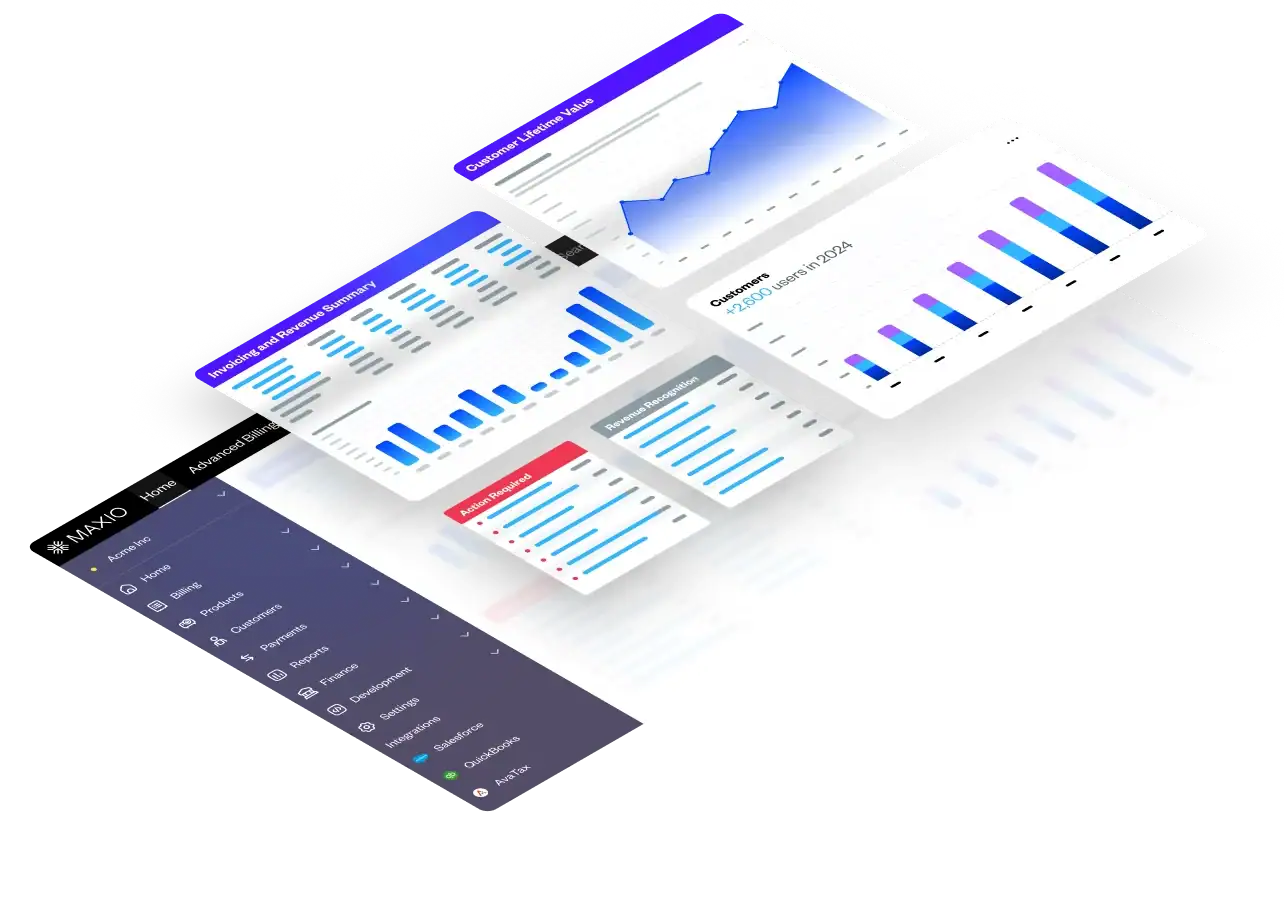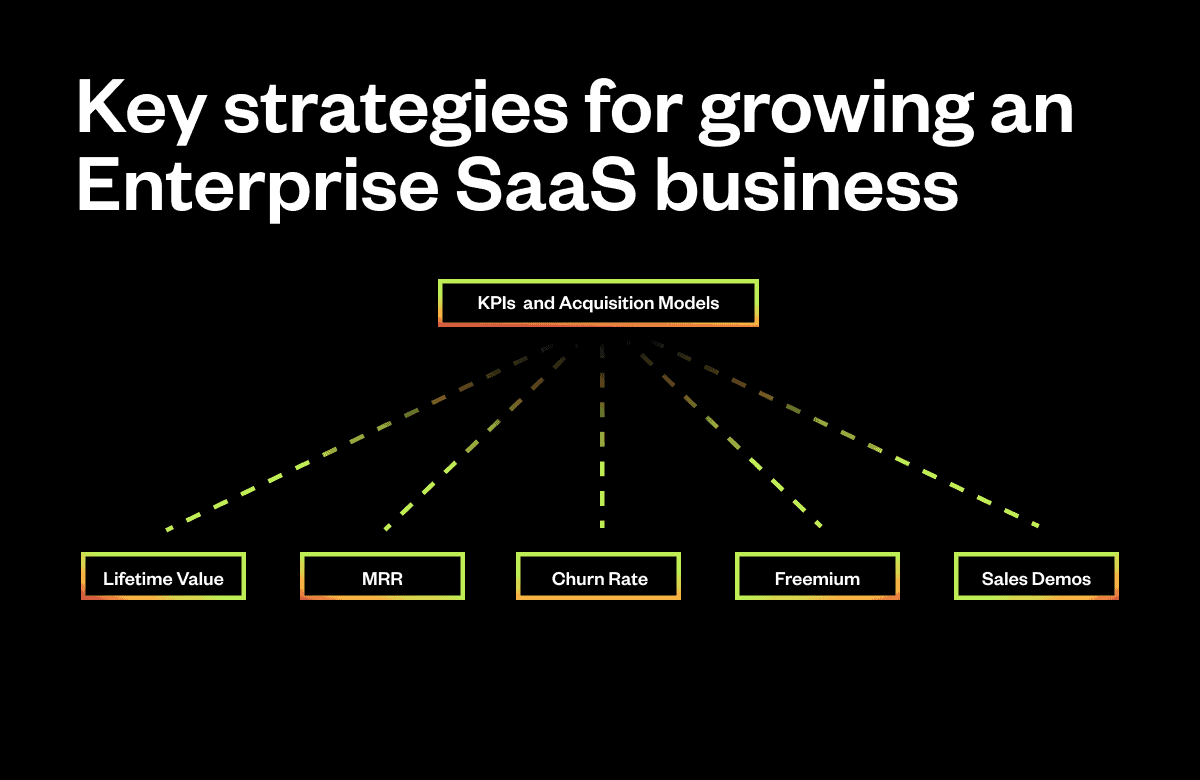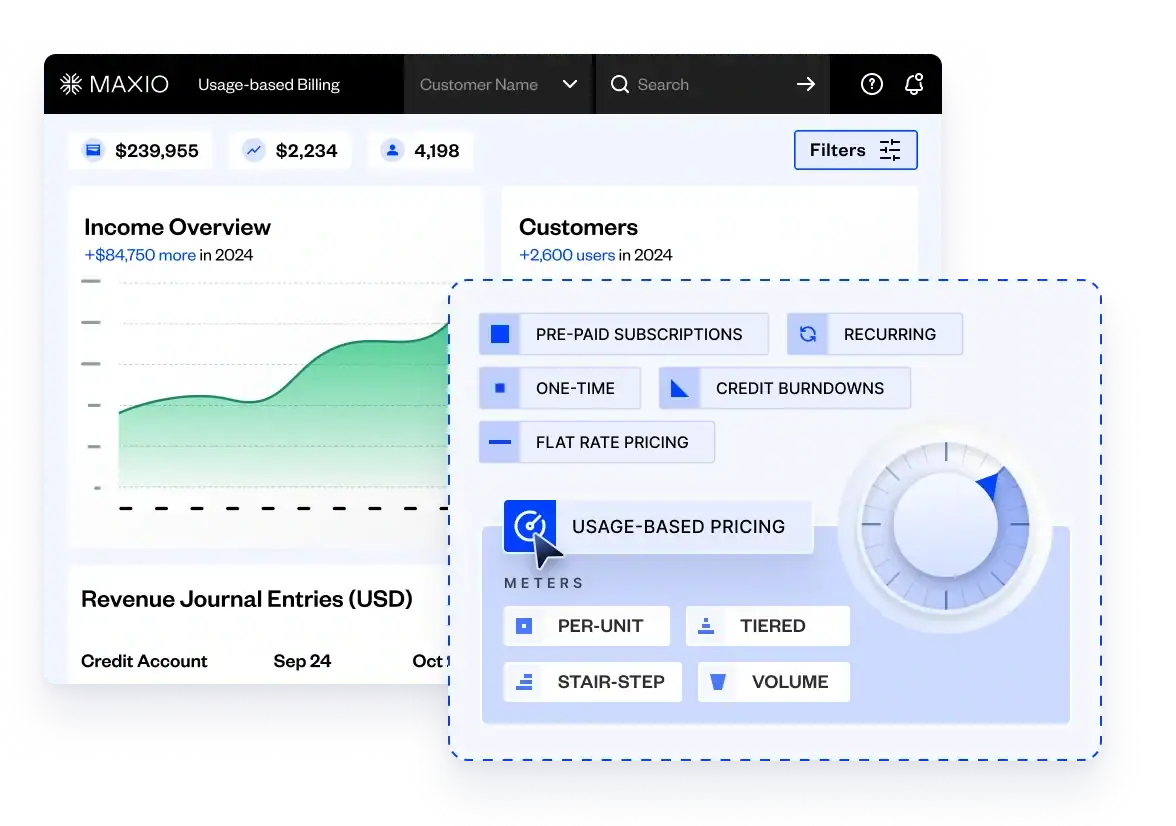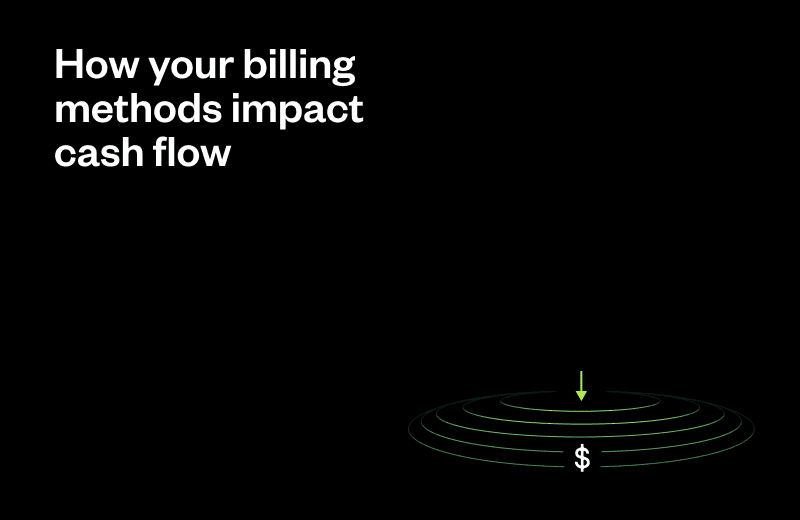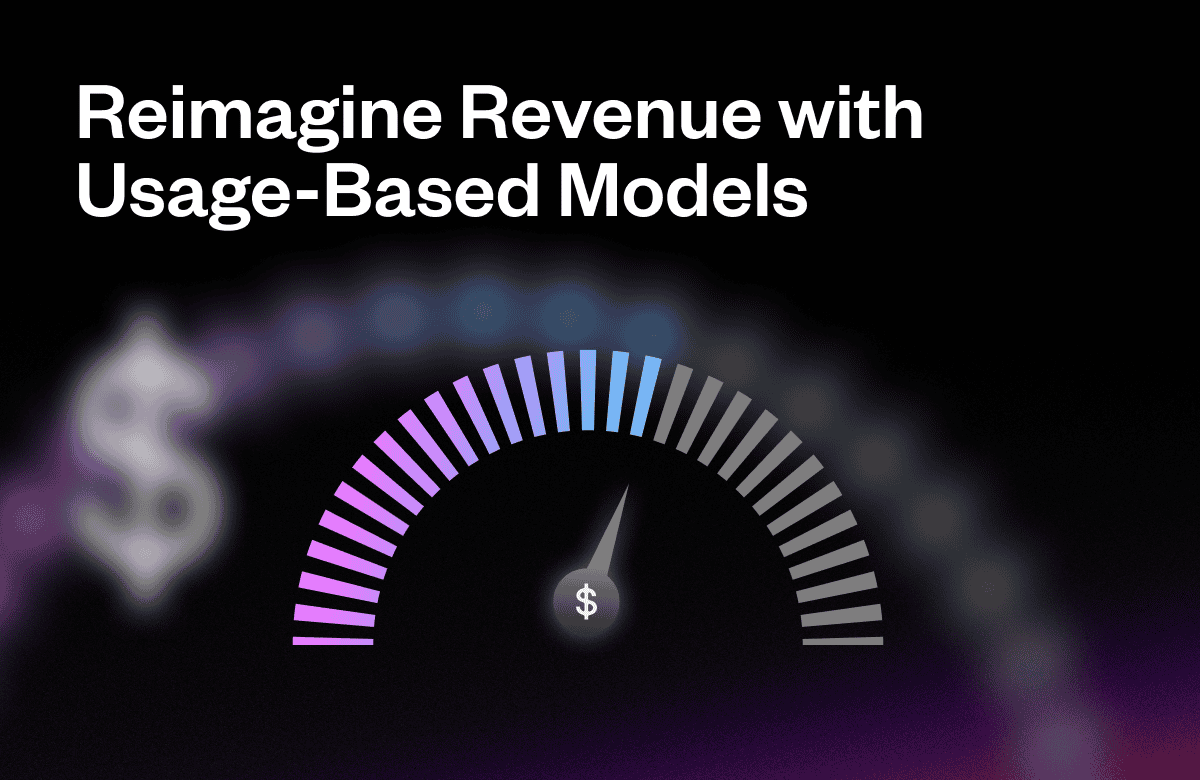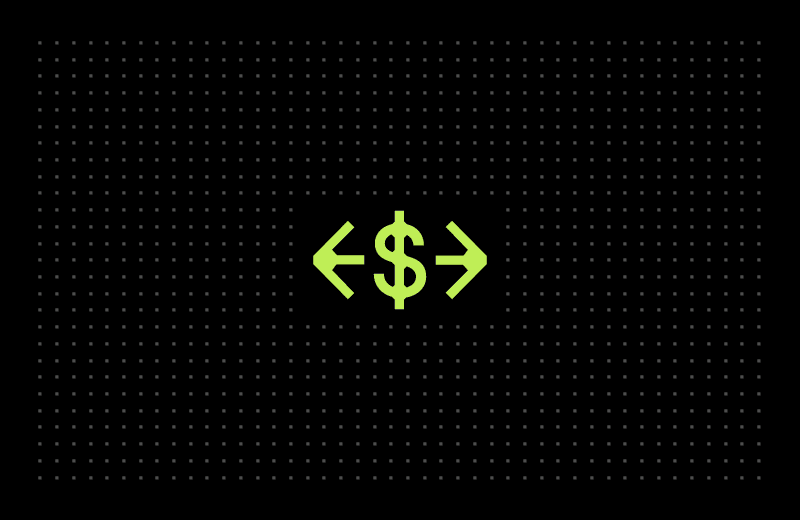Imagine owning a business with high profit margins, monthly recurring revenue, and the ability to expand rapidly—sounds like a dream, right? Some of the greatest companies in the world utilize the software-as-a-service (SaaS) model, and for good reason.
Entrepreneurs and developers pour countless hours into perfecting a useful software product but might skip the planning required to promote it. Unfortunately, having a good product isn’t enough.
In this guide, you’ll learn what an enterprise SaaS business model is, different model types, metrics to measure, and a deep dive into what advantages you’ll gain with the right strategy.
What is an enterprise SaaS business model?
Enterprise software-as-a-service (SaaS) business model is a strategy used to sell cloud-based software to customers on a recurring basis.
There are countless iterations of SaaS business models that use different strategies to attract customers, such as:
- Freemium (Spotify)
- Storage amount (Microsoft One Drive)
- Per-user (Asana)
- Processor time & data transferred (AWS)
- Advertising (Google w/ Google Ads)
- Broker fees (Robinhood)
- Project-based (Basecamp)
- And many more…
Each highlights a different use case that can be tailored to suit the target audience.
The main differentiator of enterprise SaaS is its sheet scale. That is, it impacts numerous parts of an organization, including business intelligence, human resources, project management, and customer relationship management (CRM). It also plays a role in asset management, marketing automation, and overall communication management with all stakeholders. Enterprise resource planning across all sectors of your organization can be streamlined and made far more efficient by incorporating enterprise SaaS solutions custom-tailored to your company’s needs.
Common characteristics seen in SaaS enterprise software
SaaS enterprise software is widely versatile, and can solve a number of very specific problems across just about any industry. However, regardless of the way it’s built or used, most SaaS enterprise software tends to share several common characteristics. These are some of the most common characteristics of enterprise software:
- Multi-tenancy: Enterprise software is frequently designed to be shared by more than one customer, or “multiple tenants”
- Scalability: Enterprise software is built with organizational growth in mind, and as such, often has the unique ability to easily scale up or down as needed
- Customization/configuration: Organizations are able to customize or configure the software to fit their specific needs, nearly to the level of being custom-designed
- Security: Enterprise SaaS applications typically implement robust security measures, including encryption, access controls, and regular data security updates to safeguard customer data
- Extensive integration libraries: With enterprise SaaS, organizations gain access to extensive integration libraries and APIs. This allows for seamless data exchanges and workflow automation between platforms and interfaces.
Though you’ll see these characteristics in most enterprise software tools, the unique combination and configuration of these functionalities allow users to create nearly custom-built solutions that address their pain points.
Enterprise SaaS vs. B2B SaaS
While B2B and enterprise SaaS tools both target a professional audience, the solutions provided by each are vastly different. B2B SaaS tools are usually a smaller product overall, featuring tools with minimal customization options. While these tools can be incredibly helpful for smaller SMBs, they don’t often expand further beyond the immediate solution provided.
Enterprise SaaS tools, on the other hand, typically provide a wide suite of micro-solutions or features within the overall tool. They tend to offer significant customization options and excellent customer service, and they can scale with your business as it grows.
Additional differences between enterprise and B2B SaaS include:
Pricing and payments
Enterprise customers understand their highly customizable solution will cost more than a smaller B2B platform. They’re larger corporations with larger budgets. As such, they’re also more likely to pay annual fees upfront, and contracts could be longer term than what you could expect with a B2B SaaS platform.
Complexity of SaaS offerings
Typically, enterprise SaaS providers will have more customizable solutions with the goal of meeting more of a larger organization’s needs. Beyond this, software providers are often pushed to continue enhancing and expanding their offerings. SaaS offerings at the enterprise level offer a huge number of offerings within its platform, while B2B models may not.
Average sales cycle length
The typical SaaS sales cycle is about 84 days, though there are a wide range of differences present. However, the enterprise sales cycle is typically longer, lasting over six months. Often, SaaS providers will need to consider the length of the sales cycle to have a better idea of cash flow.
Average implementation time
Though all SaaS vendors are different, across the SaaS industry, the average time to implement a new solution is usually between three and 18 months. That assumes all goes well. Enterprise customers should expect a longer implementation process since enterprise SaaS solutions are tailor-made for the company itself. A startup B2B SaaS model, on the other hand, tends to take a much shorter time to implement because the software is more generalized overall.
Even considering all of these aspects of SaaS software, each organization is different, and having customizable SaaS reporting tools is critical.
Benefits of having an enterprise SaaS business model
Touted by some as one of the most lucrative business models in the world, enterprise SaaS companies have four distinct advantages:
1. Recurring revenue
Recurring revenue is the foundation of enterprise SaaS business models—which is why customer loyalty is worth its weight in gold. Recurring payments ensure SaaS business models are repeatable, scalable, and profitable growth machines.
2. Easy to scale
All the predictable revenue generated from subscription services makes expansion a breeze. SaaS companies tend to have high margins, which allows them to funnel profits into expansionary marketing and sales.
3. Sticky products
When businesses move onto a platform that accomplishes one or many daily processes, switching to another isn’t easy. Because SaaS services integrate with data and other software, they’re time-consuming and expensive to replace.
4. Higher AOV
Enterprise SaaS platforms typically have higher average order values (AOVs) because they serve a higher volume of users. This is balanced out by higher expenses across staff, R&D, and servers, but the economics are appealing regardless.
Implementing SaaS enterprise software: Planning a successful rollout
Implementing SaaS enterprise software is a great way to improve your business processes. However, the success of your software rollout is directly impacted by the strength and quality of your implementation plan.
The following are some of the most common hangups that organizations face when lacking a proper implementation plan, and for that reason, should definitely be included in your own software rollout.
Review implementation timeframes
Implementing an ERP platform takes, on average, at least six months. This could go a bit faster in some situations, but more commonly, it takes longer because of how robust the solution is. As a result, your team must be readily able to deal with a potentially long rollout. Consider in advance if you’ll need to alter labor, and how you’ll manage personnel changes over that timeframe.
Discover hidden requirements
You should expect to discover a few hidden requirements during your SaaS enterprise software rollout. While this is unavoidable, it’s certainly not ideal.
To mitigate the delays that such deliveries cause, take some time to work with several teams across your organization and brainstorm any unexpected (or not instantly obvious) software requirements. For example:
- Many organizations need to migrate data to another platform in advance, which could take some planning work.
- Is there a need to build APIs or integrations between your existing software and systems to meld with the new enterprise software? If you’re not sure, some research could be necessary.
- Have you identified current and future scalability and customization goals? If not, consider a planning session to do just that.
- Are you building enterprise software processes out with future scaling in mind?
Think about each area of the process to determine what hidden requirements may extend the timeline or make the process a bit more complex.
Ensure data security
Today, nothing is more important than ensuring all data—from company-sensitive information to customer data—remains securely protected. What steps are you taking, or do you need to take to ensure proper data security and safeguard all business processes?
- What on-premises solutions or on-demand systems are you using now for security?
- If you are using cloud computing, have you considered the security as you migrate? Does your cloud service integrate with your new tool, or do you need to create that integration?
- Consider secure billing solutions and any changes you need to make there.
Multi-stage user onboarding
Once the day comes to start implementing your system, having everyone jump on board all at once is not ideal. It’s better to onboard in small groups. Or provide small introductions to your new tool over time. Give users bite-sized opportunities to learn the new system, rather than expecting them to just start using an entirely new and different program one day.
Onboarding B2B SaaS and enterprise-level SaaS can be complicated, but having and following a plan helps.
Customer acquisition models for enterprise SaaS business models
SaaS companies use several models to attract and grow their customer base—some with upfront costs and others that forgo profitability to boost their subscriber count. Each of these models can potentially lower the cost of acquisition with the hopes of converting customers later.
Here are the most popular customer acquisition models SaaS companies are using today:
Freemium pricing
Acquiring customers without dumping cash in marketing and sales is obviously beneficial. But the opportunity cost of getting paying subscribers from the start is a head-scratcher that leaves SaaS companies asking, “Will free users choose a premium offering down the road?”
In a perfect world, the freemium model brings customers into the ecosystem and upgrades them to a premium tier once they try the product. The ultimate goal is to provide a reliable tool and solid user experience, then use a tiered pricing model that encourages users to upgrade for additional tools as they become comfortable with the base model.
One company that has mastered this SaaS business model (for B2C and B2B) is Canva. Canva offers a free platform with thousands of customizable templates to design and create graphics online. But their premium service gives unparalleled customization and studio-quality imagery perfect for creatives of any sort. Offering upgrades like SEO or social media tools for a higher cost could keep customers engaged.
Free trial
Business customers, those who need more than promises, rely on free trials to align decision-makers on the usefulness of a product. The cost of acquiring customers for this model is low due to the low barriers to entry (free) and the minimal effort it takes to educate customers on how to use the product.
Amazon has mastered the art of the free trial with Amazon Prime. They’ve periodically offered a month for free (usually $119/annually) to get their customers hooked. Once you’ve subscribed, Amazon’s universe of free shipping, faster delivery times, video, and more is immediately available to your account. And if they raise the price tomorrow? Most people wouldn’t blink.
While it’s tough to compare any SaaS company to Amazon’s Prime membership, there are a few themes to consider:
1. Free trials should bring immediate value to the customer
2. Free trials work better with simplistic onboarding
3. Free trials can help sell expensive or “sticky” services because customers can preview the value
During those free trials, providing exceptional customer support, building out a strong customer experience, and offering solutions like hands-on messaging for problem-solving helps customers like the company and want to keep working with them.
Sales demos
When hunting upmarket in the SaaS business—trying to acquire high-value customers—free trials and freemium models aren’t the most effective acquisition methods. Many companies trying to sell their software to so-called “whales” of the industry need sales demos to help them understand product fit and expectations.
These sales demos shouldn’t show how a SaaS product works; there’s a website for that. Instead, they put all parties involved in the purchase (typical of larger businesses) at ease. Demos should address customer pain points and provide a resolution through context. This is key to successful customer acquisition and should be a core component of your SaaS customer acquisition strategy.
One company with an epic track record of bringing in large companies is Salesforce. And while their sales demos used are likely proprietary, they’ve landed customers like Amazon Web Services, T-Mobile, and Spotify.
Key performance indicators (KPIs) to watch
Launching an enterprise SaaS company and promoting it feels like trying to hit a moving target. Many companies discover they’re using the wrong model, mispricing the offering, or not providing enough value. In the discovery phase, measuring key performance indicators is essential. As Peter Drucker says, if you can’t measure it, you can’t improve it.
Get Your Free SaaS Metrics Template
Template provides you with a comprehensive set of pre-built SaaS metrics (that you can trust) to wow investors and make key business decisions with confidence.
Here are a few metrics SaaS companies need to measure:
Lifetime Value (LTV)
Customer Lifetime Value is the projected amount of revenue received from a customer throughout the lifetime of a professional relationship. SaaS LTV can help companies envision future profitability and determine how much to spend on acquiring customers.
Cost of Acquiring Customers (CAC)
The cost of acquiring customers is the amount spent on marketing and sales divided by the number of customers acquired. This formula is compared with LTV to determine budget and profitability. Customer Acquisition Cost can play a big role in overall competitiveness.
Monthly Recurring Revenue (MRR)
The MRR metric is a combination of all predictable revenue every month. SaaS companies rely on MMR to show the growth of the business.
Churn Rate
Churn is the percentage of customers who cancel their recurring revenue subscriptions. Breaking this KPI down into gross and net churn can provide different perspectives on the trajectory of growth. Understanding churning in business enables companies to make better decisions over time.
Retention Rate
Retention Rate is how many customers sign up and continue using a SaaS platform. The higher the retention rate, the more predictable the revenue. Small increases in retention signify customers are happy with the product and can lead to upselling opportunities.
Understanding the retention rate vs churn rate allows for a better understanding of what works and what may not.
Enterprise SaaS business models grow your business
It’s easy to see how entrepreneurs who master the enterprise SaaS business model can rapidly grow their business with the right tools and metrics. While it’s tough to choose which model is best, making an informed decision and then gathering data will lead to results. If you’re looking to take your SaaS company to the next level, consider getting the right tools to drive growth.
Maxio is the #1 subscription and billing platform for companies that need precise accounting, in-depth business analytics, and agile subscription management. Visit our website or take a self-guided tour to learn how Maxio can work for you.
